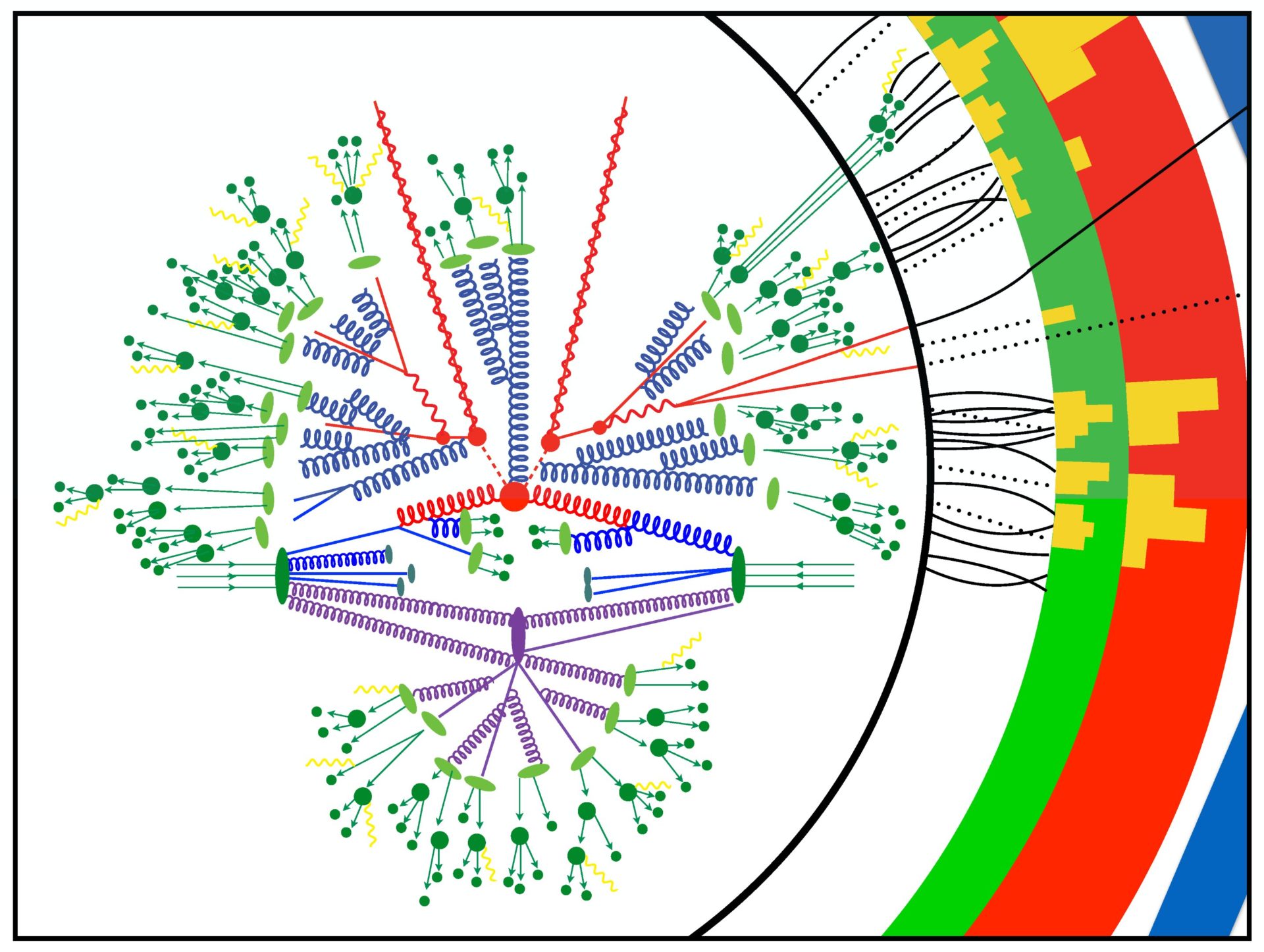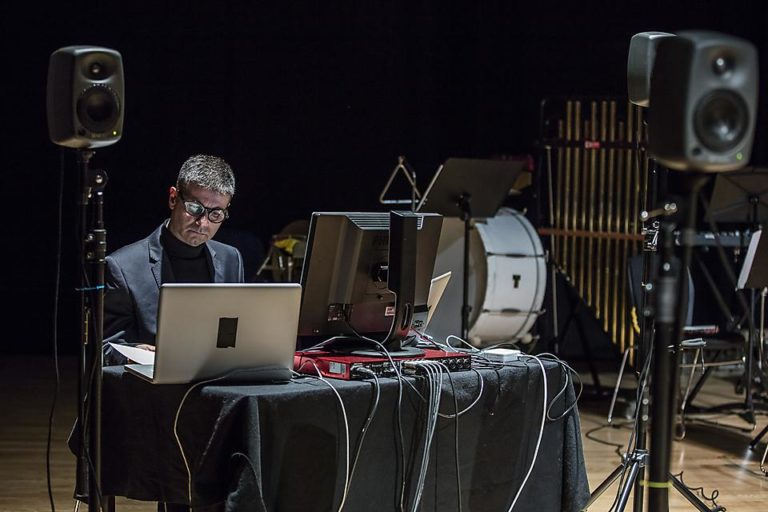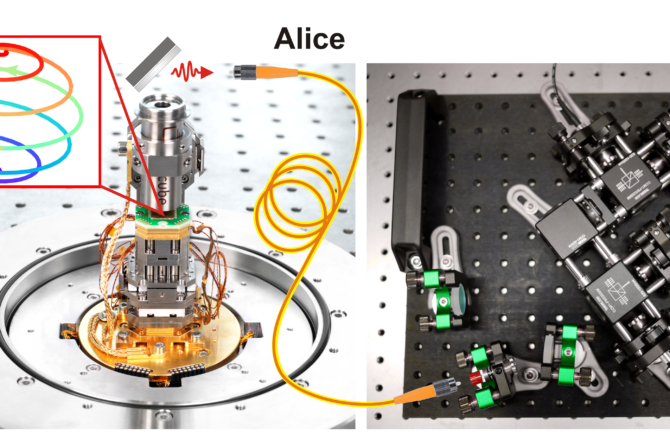Lawrence Berkeley National Laboratory physicists have leveraged an IBM Q quantum computer through the Oak Ridge Leadership Computing Facility to capture part of a calculation of two protons colliding. The calculation can show the probability that an outgoing particle will emit additional particles.
The researchers used a method called effective field theory to break down their full theory into components. Ultimately, they developed a quantum algorithm to allow the computation of some of these components on a quantum computer while leaving other computations for classical computers.
The Berkeley Lab team aims to uncover insights about the smallest building blocks of nature by observing high-energy particle collisions in laboratory environments, such as the Large Hadron Collider in Geneva, Switzerland. The team is exploring what happens in these collisions by using calculations to compare predictions with the actual collision debris.
Using a quantum computer alone to solve these kinds of calculations requires a number of qubits that is well beyond the quantum compute resources available today. The team can calculate these problems on classical systems using approximations, but these ignore important quantum effects. Therefore, the team aimed to separate the calculation into different chunks that were either well-suited for classical systems or quantum computers. (Phys.org)
The work has been published in Physical Review Letters.




